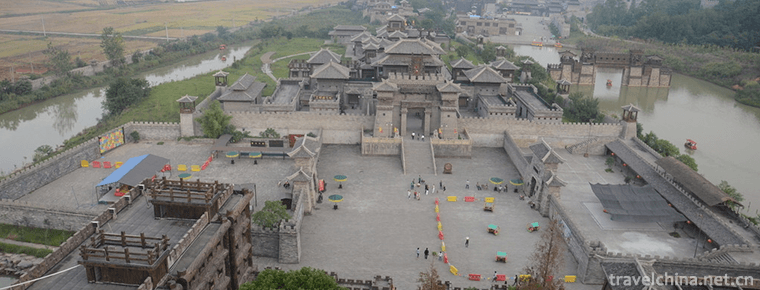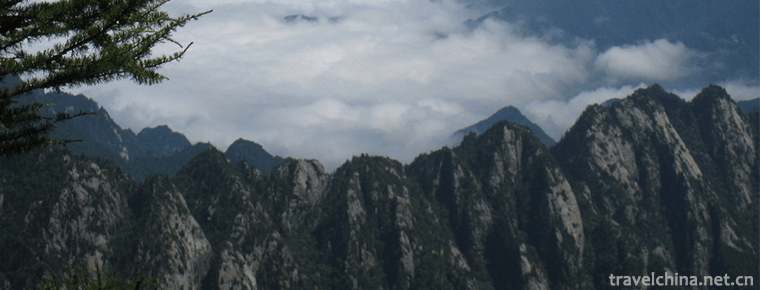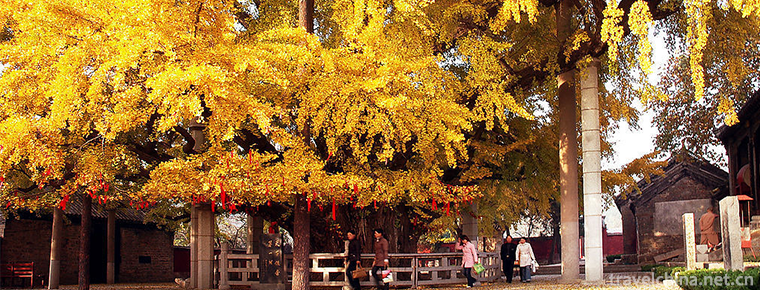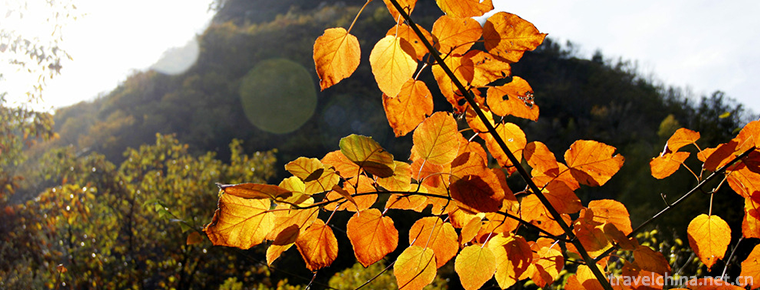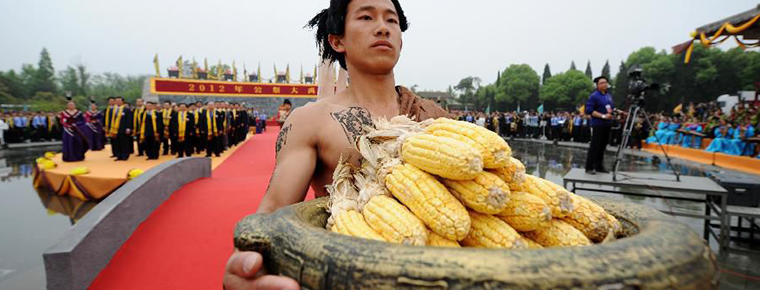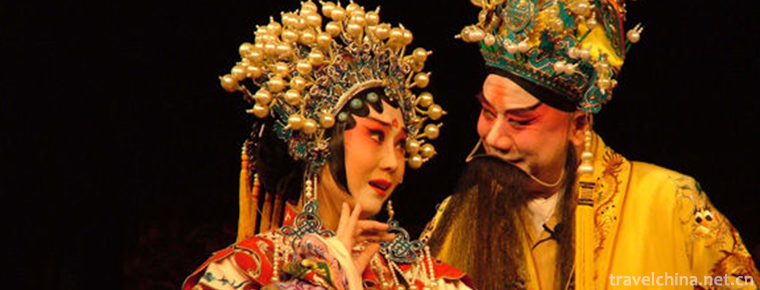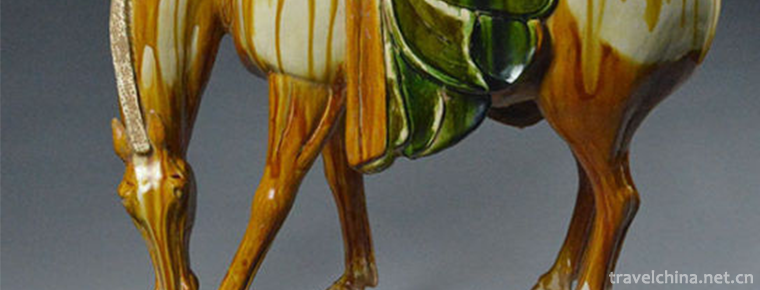Single string ziqu contains bifurcation
Single string ziqu contains bifurcation
Single string ziqu, quyiqu. It is popular in Beijing, Tianjin, North China and Northeast China. During the reign of Guangxu in Qing Dynasty, folk artists compiled their own lyrics with octagonal drum tunes and sang with three strings, then developed into independent music. The repertoire is short. A kind of folk art. A series of music cards to sing a story, accompanied by musical instruments. Most of the famous tunes popular in the north are composed of three strings, while those in the south are mainly composed of dulcimer, Pipa and erhu.
On June 7, 2008, the single string ziqu was approved by the State Council to be included in the second batch of national intangible cultural heritage list.
Brief Introduction to Brand Music
Single String Brand Subtune. It was the "octagonal drum" (rap and singing art) popular among the Manchu children in Beijing during the reign of Qianlong and Jiaqing in the Qing Dynasty. Singing with strings and octagonal drums, octagonal drums by the speaker himself or play) a form of entertaining singing. The octagonal drum is a small percussion instrument of the Manchu nationality. Its drum face is covered with Python skin. Its drum wall has eight sides and seven faces have holes. There are two brass cymbals in each hole. It makes sound by playing drums with fingers or shaking drums to make brass plates strike each other. When singing, the actor holds the octagonal drum, so it is also called "singing octagonal drum". The earliest single-string lyrics that can be seen today are Jiugui, the third part of Volume 3 of Baixue Yiyin, compiled by Hua Guangsheng in the ninth year of Jiaqing in Qing Dynasty (1804).
The performance was originally performed by a person holding an octagonal Drum Festival and a person singing with a three-string accompaniment, sometimes called a "double-headed person". Around the sixth year of Guangxu in the Qing Dynasty (1880), Siruixuan, a disciple of Banner nationality, compiled his own lyrics, played and sang in a teahouse. The poster said "One Person sings octagonal drums along with Yuanyue". Since then, the single string has spread as an independent genre.
At the end of the Qing Dynasty and the beginning of the Republic of China, many single-string fans went to Shanghai to sell their art, and many famous singers appeared, which were very popular with the masses. Among them, there are those who are good at singing time tunes and Kungao tunes. Most of these tunes are included in single-string tunes, which increases the number of single-string tunes and enhances their expressiveness. More than 100 single-string tunes are known. This period is the heyday of the development of single string art. Many famous artists have formed their own singing styles. The four most famous schools are Rong, Chang, Xie and Tan.
In 2008, single string ziqu was selected into the second batch of national intangible cultural heritage list, declaring units: Beijing Opera and Dance Theatre Co., Ltd., Beijing Xicheng District.
Basic explanation
Single String Brand Subtune
1. See Single String.
Words are interpreted separately:
Single String: Varieties of Quyiqu. It is popular in Beijing, Tianjin, North China and Northeast China. During the reign of Guangxu in Qing Dynasty, folk artists compiled their own lyrics with octagonal drum tunes and sang with three strings, then developed into independent music. The repertoire is short.
Brand song: 1. A kind of folk art. A series of music cards to sing a story, accompanied by musical instruments. Most of the famous tunes popular in the north are composed of three strings, while those in the south are mainly composed of dulcimer, Pipa and erhu.
Basic Quyi Opera
Beijing Opera - Opera genre. It is mainly developed from the popular single-string ziqu in Beijing. Its first name is "Quyi Opera", and it was officially named "Quyi Opera" since 1952.
Single-string brand sub-tune, also known as "octagonal drum", is a kind of rap art that uses the combination of brand sub-tune, three-string accompaniment, and octagonal Drum Festival to sing stories. It has rich tunes and various forms. Its main tunes are mainly composed of folk songs, some of which are good at lyrics, some of which are suitable for narrative, and some of them are suitable for narrative. They are composed of folk songs, some of which are folk songs, some of which are good at lyrics, and some of them are suitable for narrative. They have become melodies for singing operas and become new tunes for singing tunes, chopping indigo flowers, some of the South Town, Huguanguan tune, South Rogong drum, North drum, Southern Rogong drum, and some of the number singing, etc. They are mostly derived from folk songs, some of which are good at lyrics, and some of which are suitable for narrative, and become new tunes for singing, new tunes, NEW tunes, new tunes, new The main source of harmonization.
The singing forms of single string include singing, counterpart singing (dismantling), group singing and colour singing. Among them, demolition singing and colour singing have developed into simple performances dressed up as roles (still retaining the characteristics of rap).

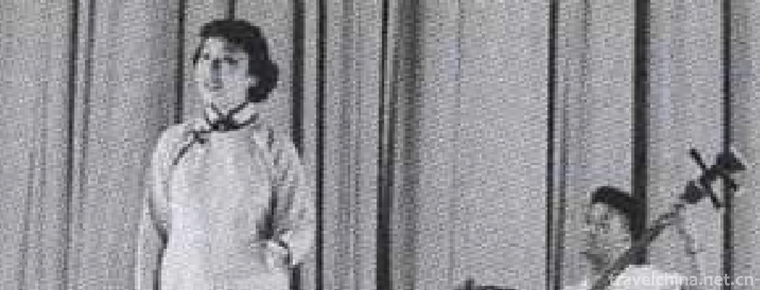
-
Ancient town of Shaxi
Shaxi is located in the southeast of Jianchuan in Dali, Yunnan Province, China.
Views: 216 Time 2018-10-17 -
Chibi ancient battlefield
The ancient battlefield of Chibi in the Three Kingdoms, where the battle of Chibi took place, is located on the South Bank of the Yangtze River in the northwest of Chibi City, Hubei Province.
Views: 393 Time 2018-12-12 -
Taibai Mountain National Forest Park
Taibai Mountain, National AAAAA Tourist Scenic Area, National Forest Park, National Water Conservancy Scenic Area, Ten National Sports Tourism Scenic Spots, Ten Best Holiday Areas of "Beautiful C.
Views: 174 Time 2018-12-12 -
Shanghai Century Park
Century Park, formerly known as Pudong Central Park, is a relatively large park in Pudong area, covering 140.3 hectares. It is located in the southeast of Pudong Huamu.
Views: 153 Time 2018-12-19 -
Jiuhuangshan Ape King Cave Scenic Area
Jiuhuangshan Ape King Cave Scenic Area, located in Beichuan Qiang Autonomous County of Mianyang, Sichuan Province, is the largest karst cave in southwest China and a famous tourist cave in Western Chi.
Views: 128 Time 2018-12-22 -
Fulaishan Scenic Area
Fulaishan Scenic Spot, located about 8 kilometers west of Juxian County Town, is a national AAAA-level tourist scenic spot, provincial scenic spot, provincial geological heritage nature reserve, and i.
Views: 141 Time 2019-01-12 -
Muzhaling Luoyang
Located in Checun Town, Songxian County, Luoyang City, Henan Province, Luoyang Muzhaling is a National Nature Reserve of Funiu Mountain and a world geological park..
Views: 132 Time 2019-02-06 -
Da Yu memorial ceremony
The Dayu Festival is an ancient Chinese traditional folk sacrificial activity. Dayuling is located in Huiji Mountain, southeast of Shaoxing City, Zhejiang Province. Dayu Mausoleum is the burial place .
Views: 94 Time 2019-04-23 -
Kun Opera
Kunqu Opera, formerly known as "Kunshan Opera" or "Kunqu Opera" for short, is an ancient Chinese opera voice and opera, now also known as "Kunqu Opera". Kunqu Opera is on.
Views: 161 Time 2019-05-10 -
Tang Sancai Techniques
Tang tri coloured firing technique originated from the early Tang Dynasty. The tri coloured glazed pottery of Tang Dynasty, as the essence of traditional Chinese art in the Tang Dynasty, has a history.
Views: 121 Time 2019-06-18 -
Beijing Wuzi University
Beijing Wuzi University is a public institution of higher learning which is characterized by logistics and circulation, based on economic disciplines, with management disciplines as its main branches,.
Views: 313 Time 2019-09-06 -
Administrative division of Nanchong
Nanchong City governs nine county-level administrative divisions (Municipal District 3, county-level city 1, county-level 5), and 241 township level administrative divisions (street 42, town 161, township 38). It covers an area of 12514 square kilometers and has a population .
Views: 316 Time 2020-12-17

